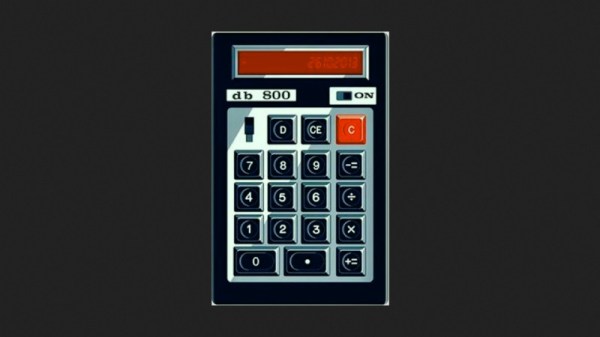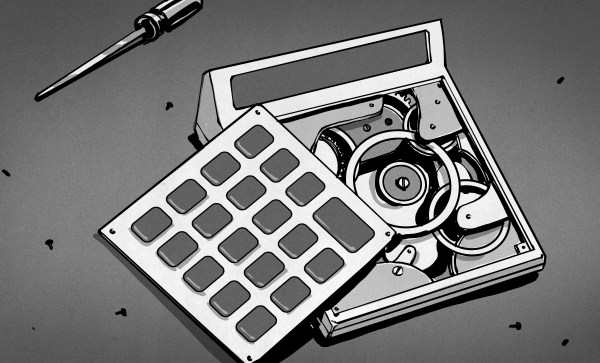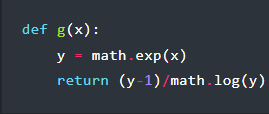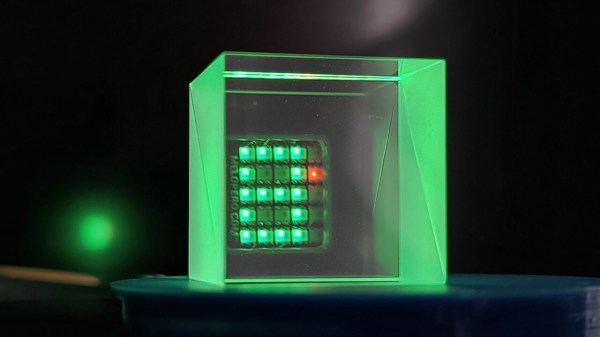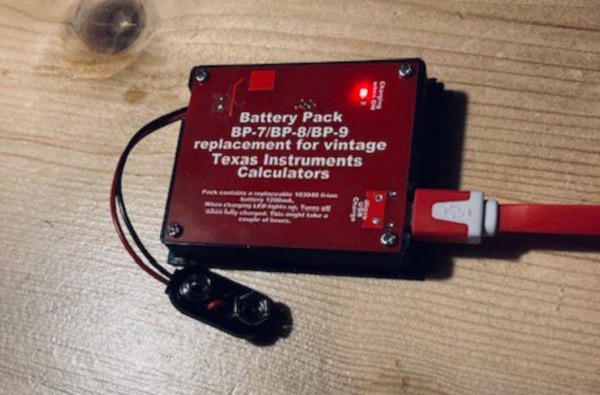At the start of the 1970s the pocket calculator was the last word in personal electronics, and consumers in Europe looked eagerly towards Japan or the USA for a glimpse of new products. Meanwhile the European manufacturers, perhaps Philips in the Netherlands, or Olivetti in Italy, would no doubt have been putting their best engineers on to the task of delivering the first domestic European models.
So who was first with a European-made calculator? Not the Dutch, the Italians, the Germans, or even the Brits, instead that honour went to the Yugoslavians. Digitron is a company located in Buje, in modern-day Croatia, and they pipped everyone else in Europe to the post back in 1971 with their DB800 model.
We read about the achievement through the above-linked exhibition, but perhaps the greatest surprise comes in finding relatively little technical information online about these machines. Other early calculators have been subjected to extensive teardowns, so we can see all manner of interesting period tech. This one however, other than references to using Japanese parts, has very little. Whose chip did it use, and were there any quirky design choices made? We hope that someone out there has one and is prepared to give the world a peek.
Meanwhile, we’ve looked at a few older calculators ourselves.

